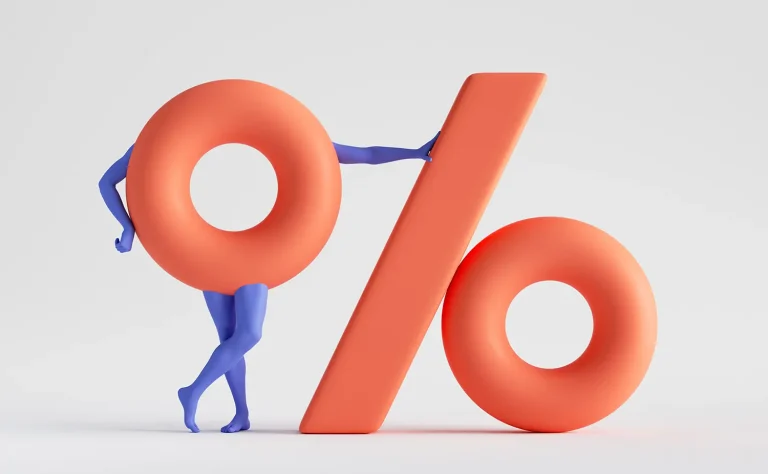In times of economic uncertainty, staying calm and making informed decisions can feel like an uphill battle. Business leaders, especially marketers, are often caught in a balancing act—cutting costs while maintaining a strong market presence. When budgets tighten, marketing is usually the first to take a hit. However, history has shown that businesses that remain strategic and proactive during downturns not only survive but often emerge stronger. The key is to adopt a thoughtful, data-driven approach rather than react out of fear.
Economic shifts influence consumer behavior in profound ways. Shoppers become more price-sensitive, prioritize value over brand loyalty, and adjust their purchasing habits accordingly. In a recent survey, 80% of consumers reported changing their buying behavior—whether by switching brands, reducing purchase quantities, or choosing smaller pack sizes. Meanwhile, marketing costs continue to rise, making it even harder to justify ad spend in times of financial strain.
For many companies, the instinctive response to uncertainty is to apply uniform cuts across all marketing channels. At first glance, this may seem like the safest route. But this approach can be shortsighted and counterproductive. Simply slashing budgets across the board without understanding what works and what doesn’t can stifle growth and weaken long-term positioning. Instead, companies should approach marketing with the mindset of an investor—analyzing where they are overspending, cutting waste, and doubling down on initiatives that drive sustainable growth.
Rather than asking, “Where can we cut?” consider, “Where should we invest smarter?” Some marketing channels may be underperforming, while others have the potential to generate higher returns. By reallocating budgets strategically, businesses can achieve both cost savings and revenue growth. Companies that take this approach often find that they can trim 10-20% of inefficient spending while reinvesting in high-impact areas, leading to 5-10% growth despite a challenging economy.

Customer loyalty has never been more important than in uncertain times. As competition intensifies and consumers seek more value, companies must prioritize their existing customers. A strong customer retention strategy—one that includes personalized communication, loyalty programs, and enhanced customer service—can be more effective than focusing solely on acquisition. Retaining a customer is significantly cheaper than acquiring a new one, and loyal customers are more likely to continue spending even during economic downturns.
Businesses should also rethink their marketing mix. Relying too heavily on a single channel is risky, especially when consumer behaviors shift unexpectedly. A diversified, omnichannel strategy ensures that brands can connect with their audience across multiple touchpoints. This might mean combining digital advertising with content marketing, email campaigns, and influencer collaborations to create a more cohesive and resilient approach.
Transparency and trust-building are equally crucial. Consumers appreciate brands that communicate openly, acknowledge challenges, and provide solutions. This is a time to reinforce credibility—not just through traditional advertising but through meaningful engagement with customers. Brands that focus on social responsibility, community initiatives, and ethical business practices tend to foster deeper customer loyalty, which translates to long-term success.
Data-driven decision-making can make all the difference. The ability to analyze consumer behavior trends, measure campaign effectiveness, and adjust strategies in real-time is a powerful advantage. By leveraging analytics, businesses can identify which efforts are driving the most value and which need adjustment. Continuous optimization based on performance data ensures that marketing dollars are spent efficiently, maximizing impact even in a constrained budget environment.
Innovation should not take a backseat during challenging times. On the contrary, adversity often sparks creativity. Companies that introduce new products, services, or pricing models tailored to changing consumer needs can differentiate themselves from competitors. Whether through flexible payment plans, subscription-based offerings, or bundling discounts, businesses that adapt to consumer concerns can maintain profitability even in downturns.
A company is only as strong as its team. Investing in employees—through training, upskilling, and fostering a positive work environment—can yield significant returns. When employees are motivated, engaged, and equipped with the right tools, they become invaluable assets in executing strategic marketing initiatives. Additionally, encouraging cross-functional collaboration within the company can lead to innovative solutions that wouldn’t have surfaced otherwise.
Keeping an eye on competitors is another smart move. What strategies are they implementing? How are they adapting to changing market conditions? Analyzing competitors’ successes and failures can provide valuable insights and help shape your own approach. However, rather than simply following industry trends, use competitive intelligence to identify gaps and opportunities that set your brand apart.
"Pulling back may seem safe, but companies that invest in growth during tough times don’t just recover faster—they come back stronger and more competitive. #BusinessGrowth #StayAhead"
How to get started: A call to action
Now is not the time to hit pause—it’s time to refocus, strategize, and act with purpose. If you’re a business leader or marketer facing tough decisions, take a step back and evaluate where your efforts are yielding the highest returns. Prioritize efficiency, customer retention, and brand trust. Stay agile, be willing to pivot when necessary, and leverage data to guide your next move. By making informed decisions and maintaining a proactive approach, your business can not only navigate uncertainty but thrive in it.
How is your company adapting to these challenges? Share your thoughts, strategies, and insights—we’d love to hear from you!








What do you think?
This strategic reallocation of resources can help companies create a significant competitive advantage.